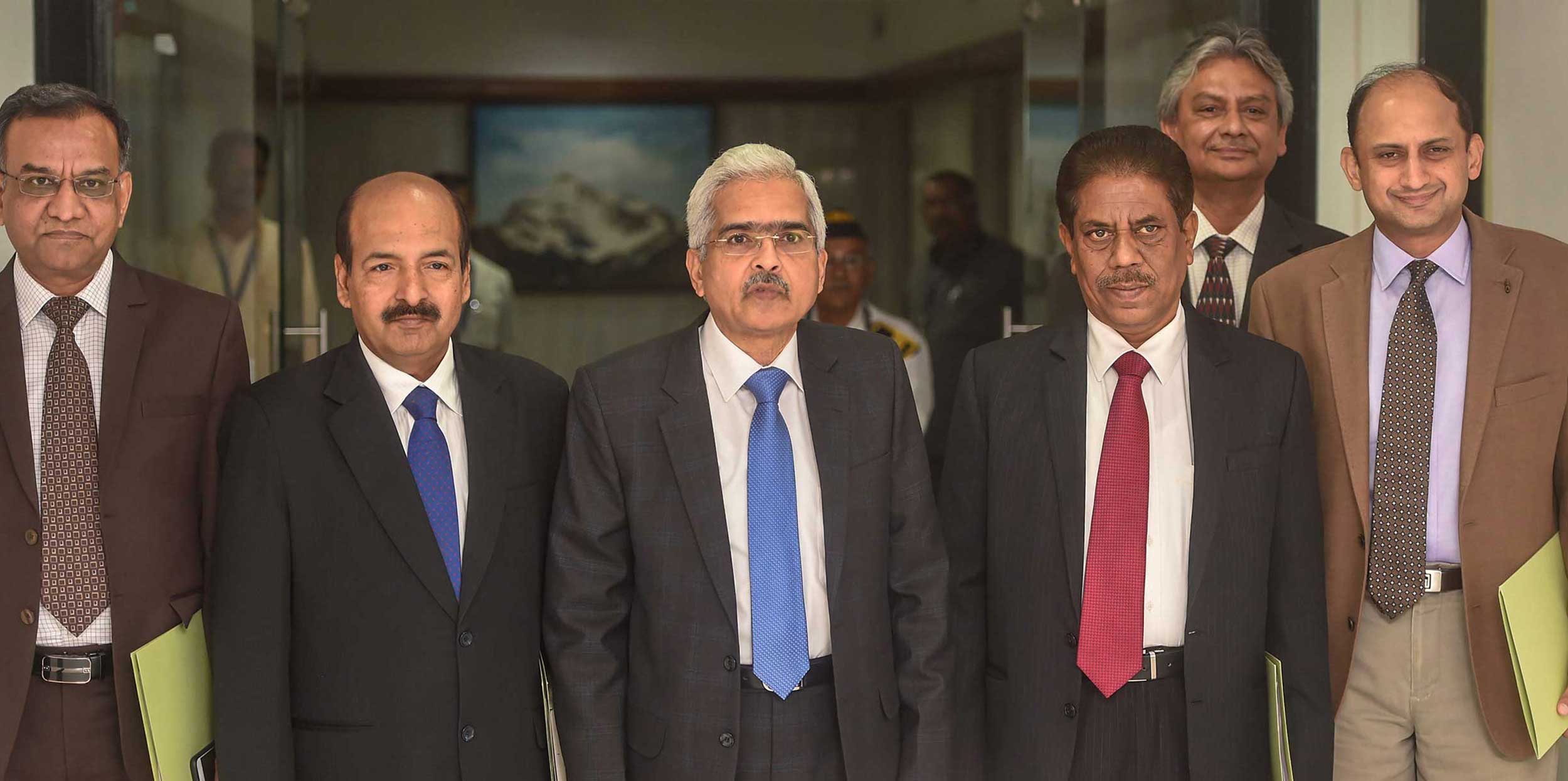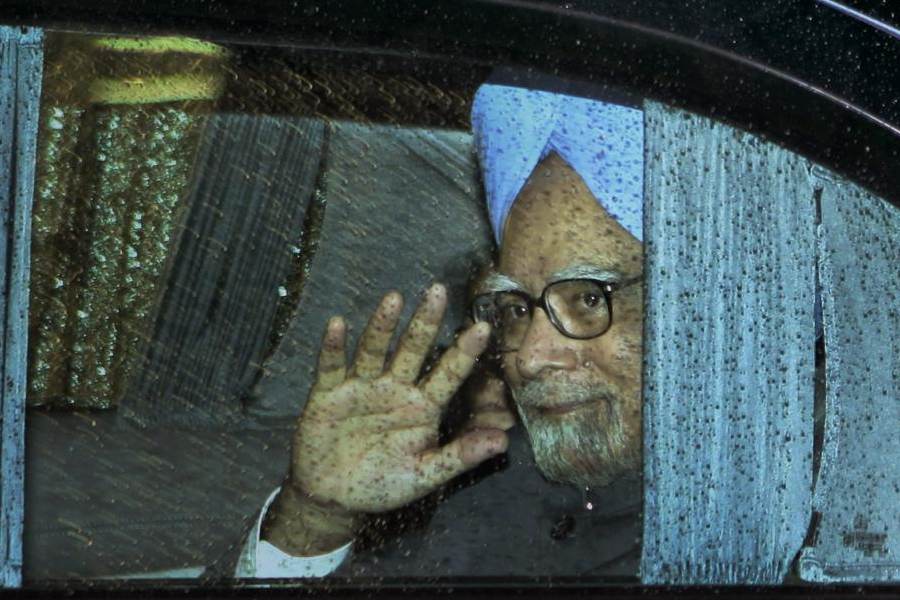In its first bimonthly monetary policy meet, the Reserve Bank of India has announced a cut in the policy rate (repo rate) by 25 basis points. The repo rate now stands at 6 per cent. Last February, the repo rate had been cut by 25 basis points too. This is the first time that the repo rate has been cut twice in succession since the Monetary Policy Committee was formed in 2016. With the inflation rate under control, well below the target rate of 4 per cent, and the economy poised at the juncture of a slowdown, it was something that was expected. The interventionist policy is supposed to cheapen the cost of credit for producers across the economy and, hence, facilitate production and employment growth in the economy. It may be noted that the government has for long been nudging the RBI to cut rates for stimulating economic growth. According to the RBI governor, overall credit growth has not been broad-based enough for growth to pick up. There is anxiety, too, about the global economy’s performance in the near future. The gross domestic product growth forecast for India has been pruned to 7.2 per cent for 2019-20. The cut in the policy rate is supposed to signal to commercial banks that borrowing from the central bank is cheaper. Banks are expected to pass on this reduction to customers in terms of lower retail interest rates, and thus lower EMIs for home loans and other personal loans. The government was especially keen on this outcome, given the impending elections.
It is well known that lower policy rates have not always translated into lower lending rates. Even if they are lowered, there is no guarantee that there is a larger off-take of retail credit, since the cost of credit is one of the many other important parameters considered by the borrower. In India, it seems that even if economic activity does get a stimulus from cheaper credit, there is no guarantee about new jobs being created. That is the biggest concern today. Another development might affect this transmission process. A recent Supreme Court ruling has quashed an RBI order to commercial banks to be stricter with corporate loan defaulters. This gives reprieve to large defaulters. Given the continuation of the risk of non-performing assets, banks would then be loath to push for new loans. They would also be hesitant to reduce their interest rates.













